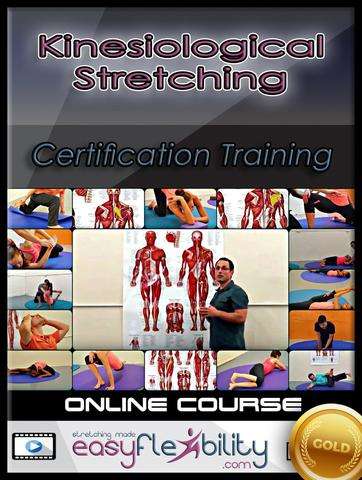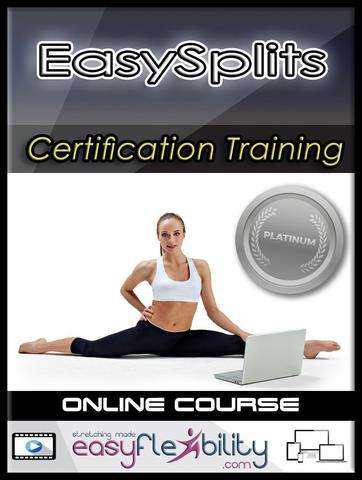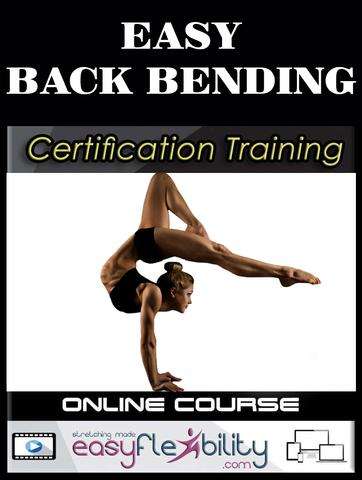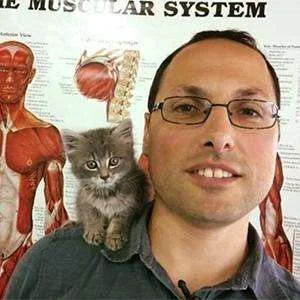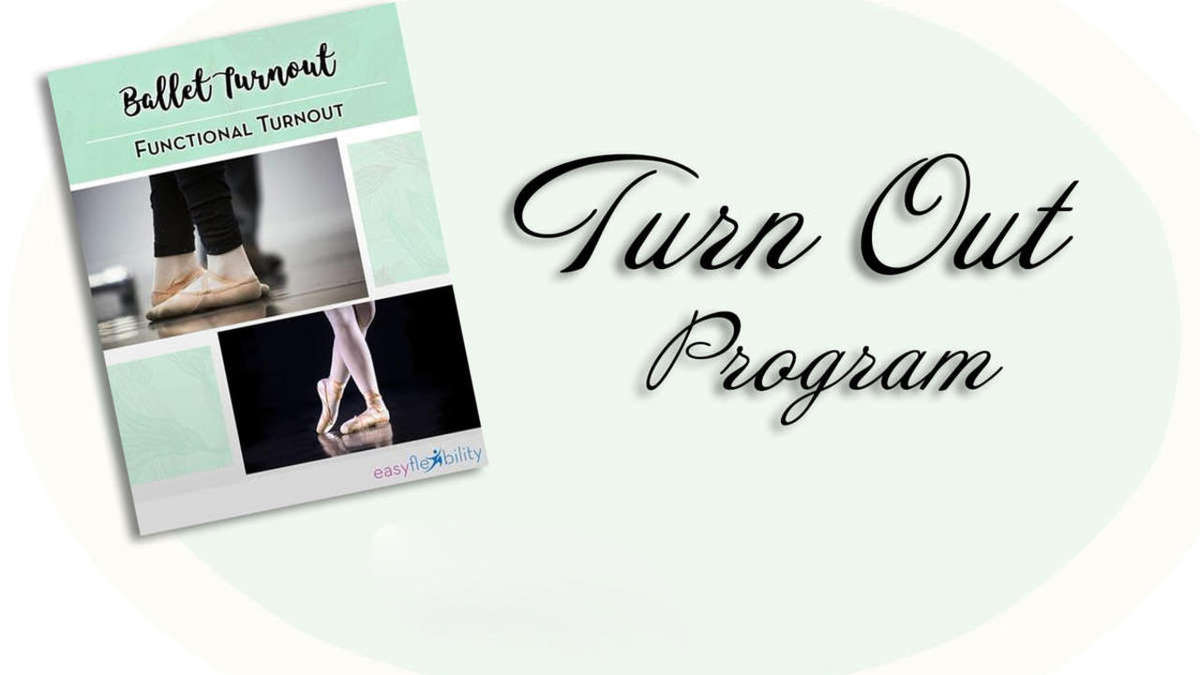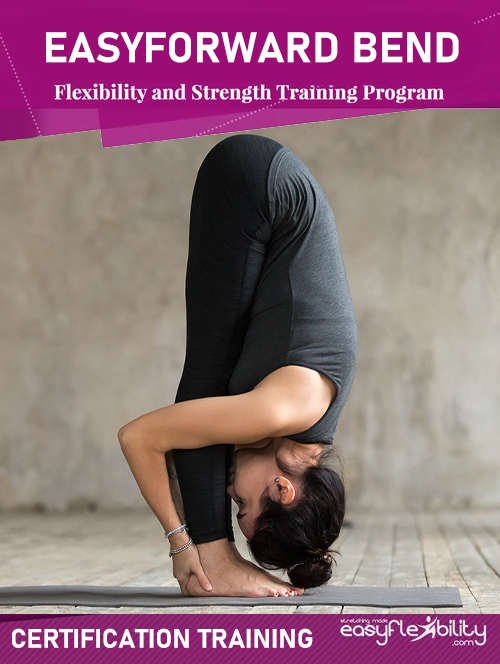Attention dancers! Are you experiencing discomfort, injuries, or a dip in your performance due to uneven turnout?

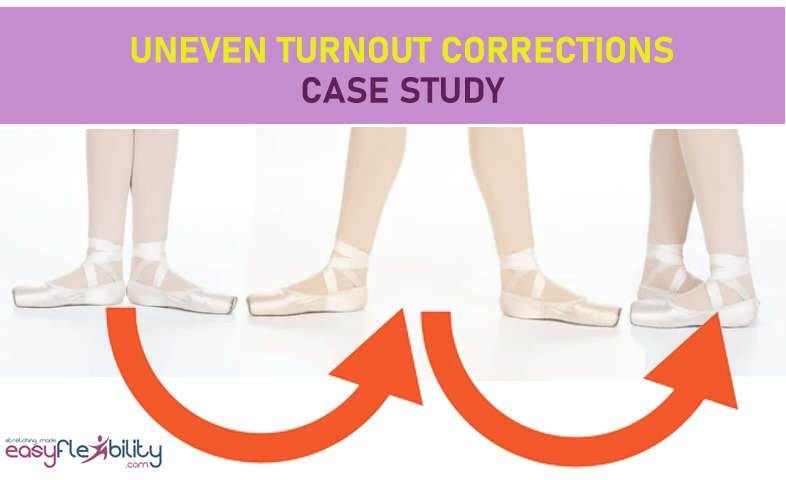
FROM EASIEST TO ADVANCED
- See visible results in 1 to 3 easy follow along workouts.
- Unique muscle by muscle isolation stretching techniques.
- Fast Progress.
- Permanent Results.
- No Pain.
- No Injuries.
- Flexibility & Strength combined.
- For all ages.
- 30 – 40 minute workouts, 2 – 3 times a week.
- All videos contain subtitles.
- Train at home. At your own pace. On any device.
- Instant Lifetime Access.
- No hidden fees. No strings attached. No surprises.

If you feel that your turnout is not balanced, you can perform a little test.
-
To assess whether your turnout is symmetrical, you can conduct a simple test:
Start by lying on your back, bringing your heels together, and allowing your legs to naturally fall to the sides. Ensure your hips are making even contact with the floor, and then observe your turnout. Compare the outward rotation of each hip by noting the position of the outside of your feet - how does the left side match up to the right?
For an active assessment, engage the muscles responsible for turnout to see the extent of your rotation.
This test can be replicated in various positions, including standing. When standing, it's best to test one leg at a time. Testing both legs simultaneously can make it challenging to identify if one side is compensating for the other.
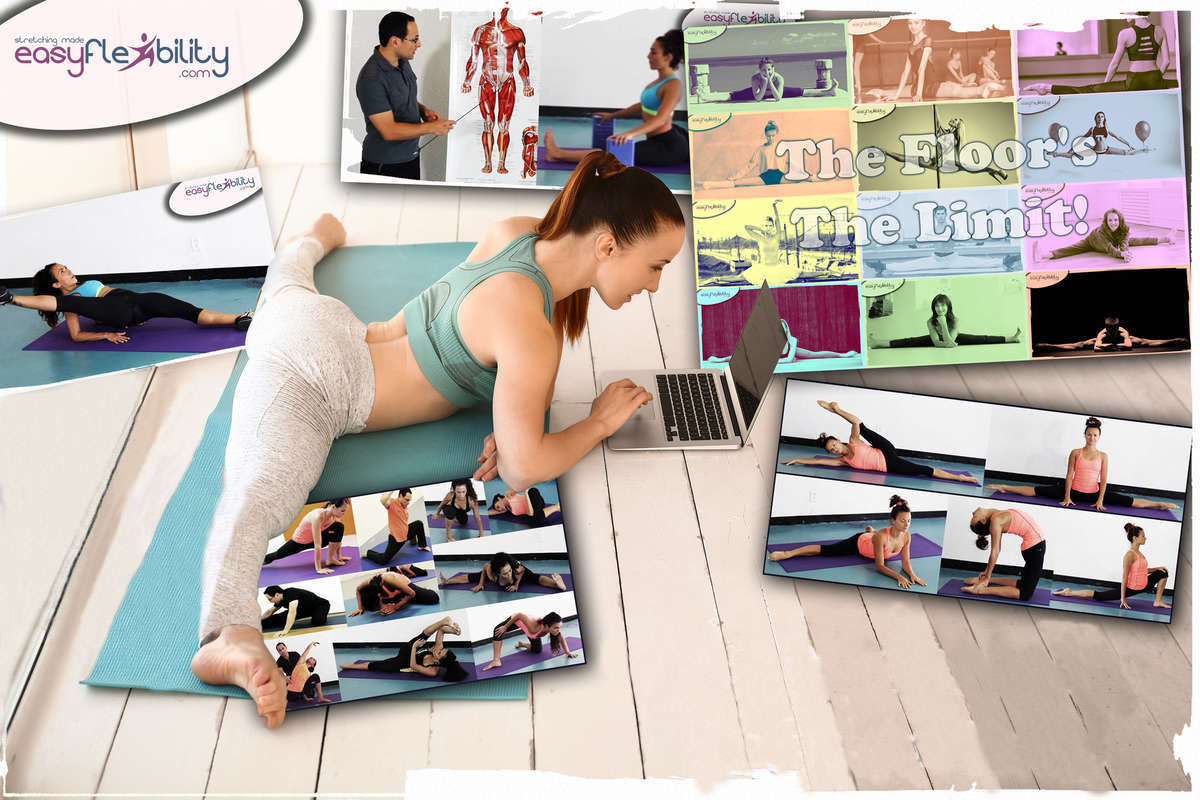
- Teach at home!
- Do one-on-one training sessions
- Do group classes
- Teach at your studio
- The possibilities are endless!
- Detailed instructions on how to teach, what to do, what not to do, how to properly put together training sessions. Some certifications include step by step lessons plans, others will teach you how to put together a training session for yourself and your clients.
- FREE PROGRAMS of your choice: Your choice of digital videos is an added bonus to obtaining these certifications. It allows for a better idea of how Zaichik Stretching techniques are combined to form specific routines.
- Access to a Private Support Forum: Believe it or not – this is one of the most important elements of a program as it forms the right attitude towards the program. Upon registration for the course you gain an access to the private support forum, where you have a 24-hour active community to share your experience with, ask questions and seek advice.
- Getting promoted for free on our social media (more than 250 thousand followers).
- Listing in our private directory of EasyFlexibility Certified Instructors which allow you to be put on a list to be connected with potential clients that reach out to us.
